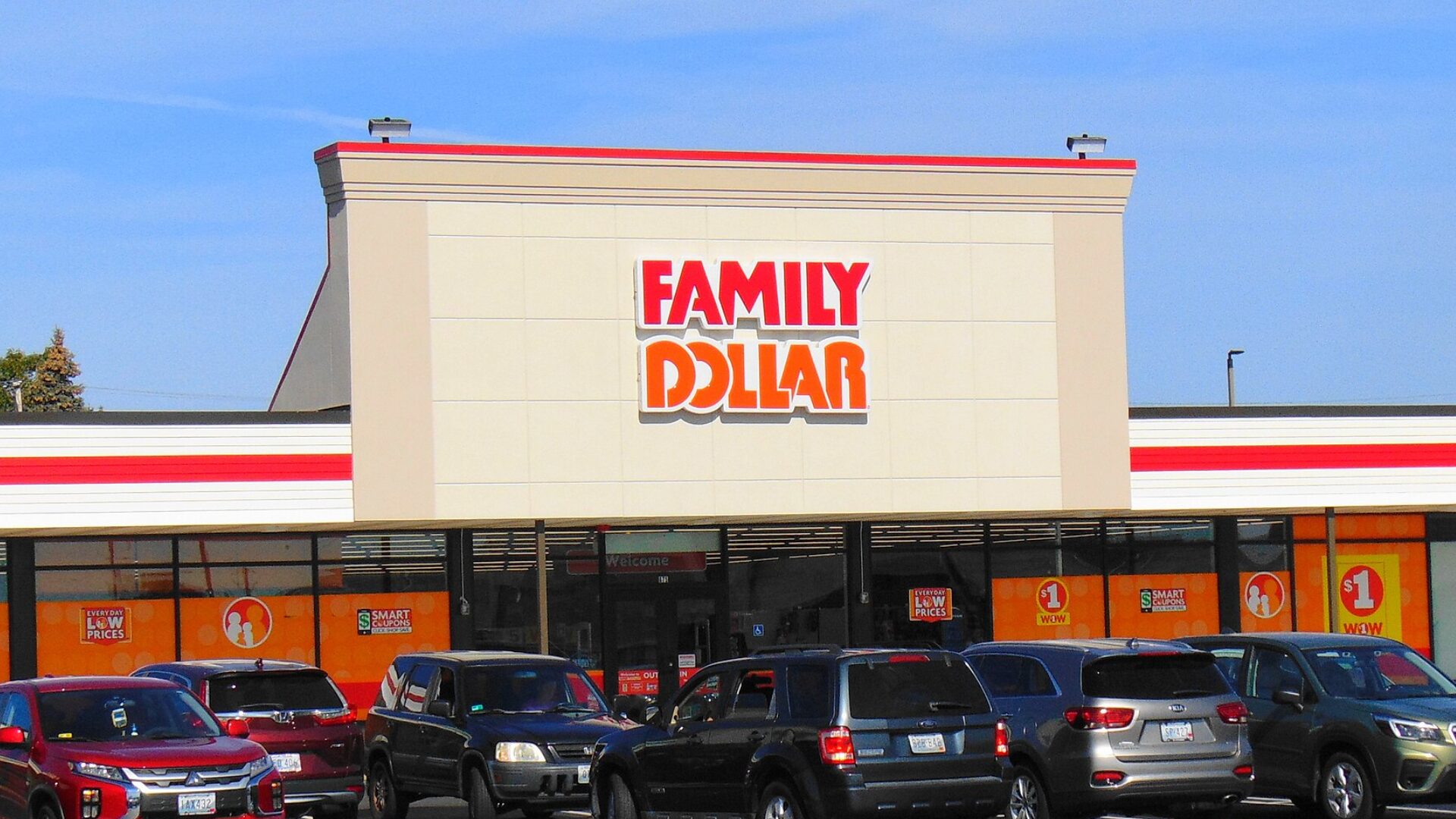Shoppers flock to dollar stores, attracted by their low prices and convenience, but opponents say they harm a community more than help by taking sales from traditional grocery stores. In some cases, they can lead to food deserts – especially in poor and rural communities.
There were 35,000 dollar stores in the U.S. at the end of 2022, up 5,000 from 2017. The stores made their mark by selling everything from picture frames to gift wrapping supplies for just $1 each, a business model that changed with pandemic supply chain issues, nudging prices up 25 cents. They compete with not only traditional businesses for the $7 trillion in annual U.S. retail sales but with the big box retailers like Costco, Walmart, and Target.
And though communities and consumers initially embraced the dollar store concept with open wallets, many are now regretting their early enthusiasm; 50 cities have enacted laws limiting dollar store expansion, and grassroots groups in 70 other communities are organizing to block new dollar store projects.
The Big Three Dollar Stores
The big three are Dollar General, Dollar Tree, and Family Dollar. Dollar Tree bought Family Dollar in 2015.
Dollar General spokesperson Crystal Luce told NBC News (April 9) that the company’s stores generally devote 60 feet of space to fresh produce, turning aside the question of whether that is enough space to feed a community.
“We are not a grocer,” Luce said.
Dollar Tree/Family Dollar issued a statement saying their operations complement grocery stores and alleviate the effects of food deserts. Dollar Tree, however, took eggs off the shelves when prices skyrocketed earlier this year.
In a recent report, the authors from the Institute for Local Self-Reliance indict the tactics used by dollar stores, saying they target struggling neighborhoods and small towns and use predatory tactics to undermine grocers.
“As widespread as the grassroots backlash against dollar stores has been, it’s not enough on its own,” the institute said. “Nearly 1,700 new Dollar General, Family Dollar, and Dollar Tree stores were slated to open last year alone. And while cities and towns have the authority through their zoning powers to check the spread of dollar stores, many are ill-prepared when developers apply to build these stores.
“Local land-use policies across much of the U.S. have been designed to speed commercial development along, not put hurdles in its path. In some places, retail projects are effectively pre-approved, giving officials scant legal options for denying a dollar store project even if they want to.”
Dangerous Conditions
The U.S. Department of Labor said it found dangerous working conditions at Dollar General stores in Houston and Green Bay during recent inspections, adding to the list of infractions that have piled up since 2017 and cost the company $16 million. The Occupational Safety and Health Administration accused the company of “numerous willful, repeat, and serious workplace safety violations related to unsafe conditions.”
State officials in North Carolina found scanner problems at 23 Family Dollar and Dollar General stores in January. They were among 33 stores cited overall.
But dollar stores serve a purpose, especially in inflationary times. Placer.ai’s first quarter index showed though overall retail visits were off 4.2% compared to 2022, discount and dollar stores saw traffic increase 2.2%. Ollie’s Bargain Outlet reported a 7.2% increase and Dollar Tree reported traffic up 7.4% as consumers saw their buying power shrink in the past two years.
Consumer Reports noted in 2021 the biggest reasons people gave for shopping at dollar stores: they’re are convenient, they’re inexpensive, and 31% of consumers who earn less than $30,000 annually and 27% of rural shoppers say they shop at dollar stores at least once per week.
The most popular items purchased are household goods and cleaning supplies. Fewer than half buy food. Some prices are low because items are sold in smaller sizes than comparable items at other stores and in some cases the price-per-ounce or unit actually is higher.
The Food Institute Podcast
Click the play button above to listen to the episode.
Nearly one in ten Americans has a food allergy, but even more are affected as a family member deals with a food sensitivity. Allergenis CEO Jim Garner joins The Food Institute Podcast to discuss the reality of living with a food allergy, the current testing methods available on the market, and how the Allergenis assay provides a higher level of accuracy by utilizing artificial intelligence and machine learning.












